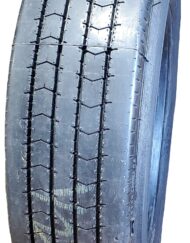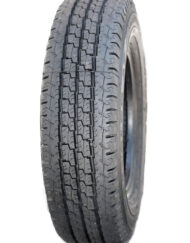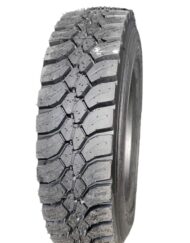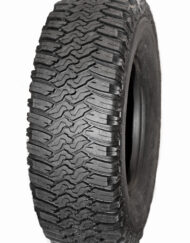The High Quality Standards Of The Safest Retreads
Retreads are economical, but are retreads safe? Indeed, retreads are safe and they are also green. So what’s not to love about purchasing retreads the next time your vehicle needs a new set of tires?! Innovative technology and strict safety standards go into the best retread tires. Learn more about the process and put your mind at ease, along with your pocketbook, while enjoying safer driving conditions on the road.
Safety First: The first step in the process of retreading a tire is a safety inspection of a tire’s quality. Tires must meet a standard that ensures that every square inch of retread material will mold precisely and securely to the tire. This is a high standard that assures the greatest quality for safety and performance throughout the remaining steps of the retread process.
Step 2: Next, it is out with the old and in with the new, tread, that is. This is done through a buffing process which strips away the old tread. What is left behind is the bare undertread. Starting with the cleanest surface possible sets the right foundation for the best recap. Getting this stage of the retread process right is crucial for manufacturing retreads that deliver reliable performance.
Step 3: Re-capping is the icing on the cake, so to speak, where retreads are concerned. A freshly buffed surface is wrapped with a new tread. This is a computer enhanced procedure that balances each newly, recapped retread. Each tire is evaluated to ensure that even in high stress conditions a retread will perform reliably and safely. Once a retread passes all safety evaluations, the icing on the cake is added during the curing process, the tread design.
Step 4: During the final inspection of each retread, practical tests are performed on each tire to determine if it meets the highest standards for gripping surfaces and roadways. Retreads are then graded according to their performance levels. Quality retreads sold by reputable dealers have a strong reputation for safety. Here are a few retread facts that testify to their safety:
- Retreads are regularly used by companies with large fleets: schools, municipalities, taxi services and package delivery companies, such as Fed Ex and DHL.
- Auto insurance providers do not increase premiums for vehicles equipped with retreads.
- Accident rates of automobiles with retreads is no different than for vehicles equipped with new tires.
- US Federal Executive Order 13149 mandates the use of retreads on specified federal vehicles.
Step 5: Last, but not least, dealers deliver to satisfied customers the highest quality of tire performance. Customers enjoy a safe driving experience along with the personal satisfaction of engaging in a green lifestyle choice:
- Oil is one of the major components in synthetic rubber. A retread requires half as much oil as producing a new tire.
- Retreads extend the life of the original tire and that means, in the long run, greater conservation of natural resources.
- By saving money purchasing retreads, consumers can put more dollars toward other green living choices.
- As consumers realize that retreads are as safe as they are green, the market for retreads will grow, contributing to a culture growing greener through conscientious consumerism.
- Responsible consumers who invest in green products inspire companies to offer more goods and services that are greener and ethical.
- Purchasing retreads is part of making the world a better place by recycling hundreds of millions of tires that are scrapped every year.
Get Your Retreads: The key to finding the safest retreads is purchasing through a reputable dealer committed to the highest quality standards. Drivers should trust a recapping company with decades of experience. If you like to buy local as much as driving safe and green, it is easy to support a “Made in the USA” preference when purchasing a set of retreads. To get the best deal on set of retreads from a company unmatched for safety and quality standards, please contact us.




